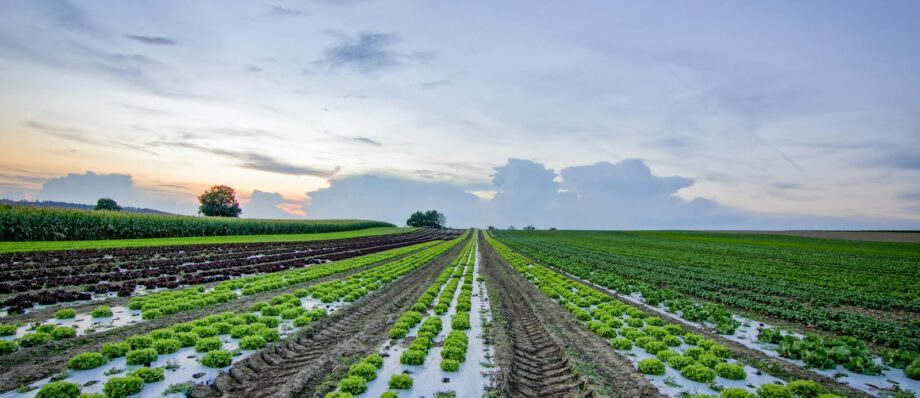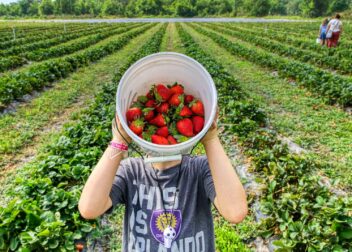Sustainable Crop Rotation Techniques
Crop rotation is a time-tested agricultural practice that involves planting different types of crops in a sequence over a specific period. This approach enhances soil fertility and disrupts the life cycle of pests and diseases. By rotating crops, farmers can naturally restore the balance of nutrients in the soil and reduce dependency on chemical fertilizers.
One effective method is rotating nitrogen-fixing crops like legumes with cereals. Legumes enrich the soil by adding nitrogen, a critical nutrient for plant growth. Following legumes with cereals ensures that crops have the nutrients they need without additional synthetic inputs. This practice not only reduces costs but also promotes environmental sustainability.
Another benefit of crop rotation is pest and disease control. Planting the same crop repeatedly can lead to a buildup of pests and pathogens specific to that crop. Diversifying plant types interrupts these cycles, leading to healthier yields. For instance, planting brassicas after potatoes can deter common potato pests.
Farmers must plan their rotations strategically based on soil types, local climate, and market demands. Digital tools and apps can assist in managing crop rotation schedules effectively. Integrating cover crops, such as clover or rye, during off-seasons can further boost soil health and prevent erosion.
Finally, modern crop rotation practices combined with precision agriculture can help farmers optimize their efforts. Utilizing satellite data and soil testing ensures that rotations are tailored for maximum productivity and environmental benefit.



